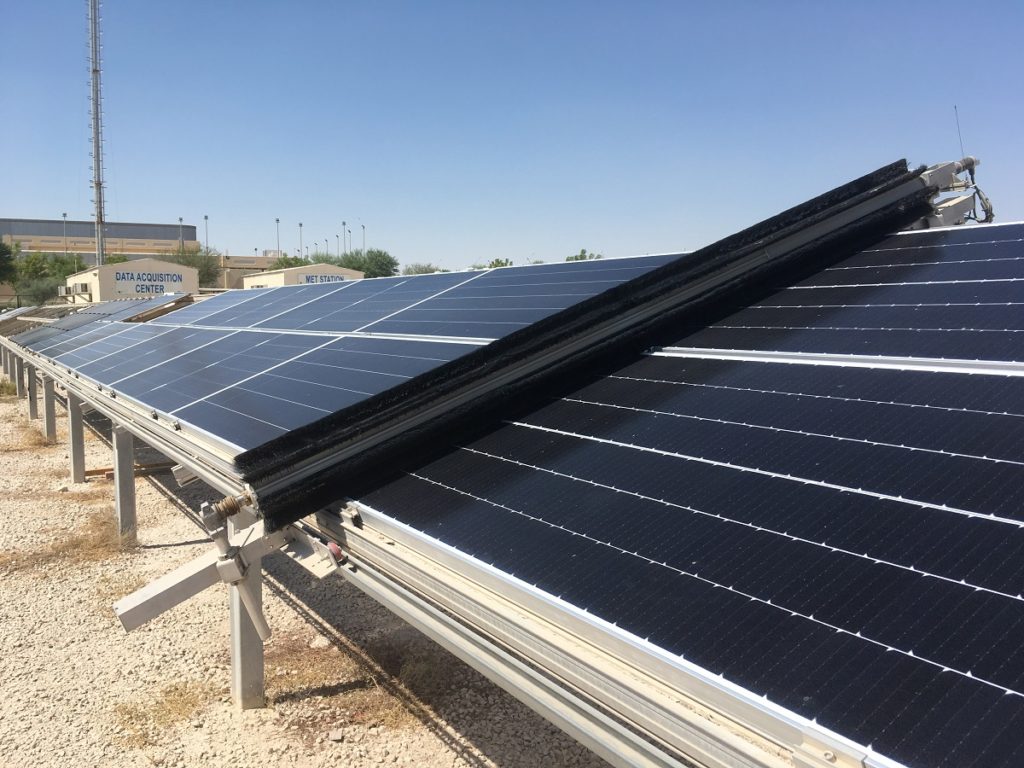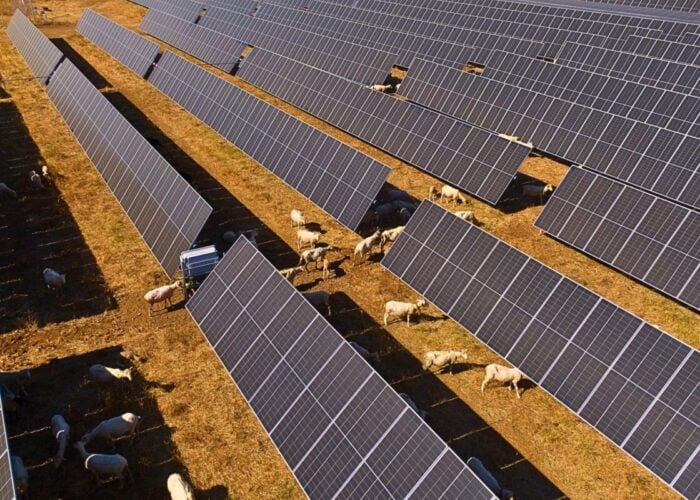
Timo Moeller, president of International NovaSource Power Services and head of NovaSource in Europe, stresses the need for the industry to entrust experts at every step of the project lifecycle, or risk deterring investment.
The global energy transition is a long-term endeavour and renewables will need to prove their ability to power our societies—reliably, well into the future. To accomplish this, renewables need, and are getting, massive investment. For the first time ever this year, the European Union will see over 300GW of solar energy online, with the European Commission having unveiled plans to double that capacity in the next six years.
Unlock unlimited access for 12 whole months of distinctive global analysis
Photovoltaics International is now included.
- Regular insight and analysis of the industry’s biggest developments
- In-depth interviews with the industry’s leading figures
- Unlimited digital access to the PV Tech Power journal catalogue
- Unlimited digital access to the Photovoltaics International journal catalogue
- Access to more than 1,000 technical papers
- Discounts on Solar Media’s portfolio of events, in-person and virtual
Investing, however, is increasingly shorter-term, with investors looking for the highest return possible, as fast as possible. Companies are thus learning to pare down costs as far as they can. Additionally, the new geopolitical situation in Europe is driving an acceleration of the adoption of renewable energy sources. A faster energy transition can only be a good thing, but we need to do it right—to last.
These long-term and short-term drivers are not entirely compatible and for the renewable energy industry, the conflict between them could kneecap progress.
Cutting corners early hobbles growth later
One solution is for investors and renewable asset owners to rethink where they earn more by cutting costs, and where the cut cost ends up costing them more. Many are still keenly focused on the quick and obvious reductions: line items that can immediately lower the price tag at the onset of a project. One example is that, rather than invest in specialist operations and maintenance from the start, project owners are opting to have engineering, procurement, and construction providers (EPCs) also handle operations and management (O&M).
EPCs are a vital part of the solar ecosystem. They provide expertise in the engineering design of new systems, bringing in the best suppliers for the parts they need and building the plants they designed. They are often expected to perform checks and routine maintenance on the systems they build for a specified time post launch, and this is where investors can stretch their resources too thin.
Industries tend only to learn through painful mistakes that every system needs an external audit. The person commissioned to create something has different incentives than the person specialised in reviewing, repairing, and optimising that thing.
A dramatic recent example was Boeing and the flawed flight control system in its 737 jets. Internal company pressures may have incentivised underestimating the issue, until tragic accidents forced it into the light.
Fortunately, in solar, flaws don’t typically lead to the loss of life. Investors looking for a maximum return, however, should take heed of the lessons from other industries on the value of external checks and controls. Even the most competent specialists cannot provide the best scrutiny of their own work.
Solar needs auditors, along with builders, to deliver the best performance and scale
Operations and maintenance is that external auditor for solar plants. Independent O&M providers have developed a number of specialisms in recent years, in parallel with technological innovation, which are crucial to scaling renewable energies in the coming decades.
One such niche is getting projects online on time, and at peak performance from the start. Each provider is determined to meet their contractual obligations, but only for O&M does that mean squeezing the absolute maximum energy out of a given plant as soon as possible, and for as long as possible.
Achieving this from day one means steps such as discovering panels that aren’t fully functional: this can be for a wide range of reasons, including that they were walked on during installation (as my team was recently able to prove on behalf of a French client).
Further steps involve identifying offline DC capacity, tracker misalignment or other tracking issues, and mis-mapping of the signals. When signals between the field and digital operating system are incorrectly mapped, operators receive inaccurate information. This renders proper plant performance assessment, along with the identification of problems, almost impossible.
With millions of strings in a large project, it is hugely difficult and time consuming to fix. Considering the price of labour, the time it takes to get spare parts, multiple site visits for diagnostics and repair and lost output throughout the repair process, waiting until later to fix these types of flaws drives costs way up.
As solar technology develops, so too does the importance of specialised technical support
Having specialists ensure that the data is reliable from the beginning means getting a high performance on day one, with the opportunity to improve output within the first weeks of plant operation. It also means avoiding expensive wild goose chases. The O&M specialists who perform these checks are on a project specifically to worry about later, above and beyond just hitting milestones. And yet, many projects today are skipping this optimisation step completely, resulting in lower energy production. Though the upfront savings from not performing proper optimisation can be appealing, the reduction in output and higher repair costs later mean less value for investors — and a slower energy transition.
With existing assets too, plant owners and investors often see functions like O&M as a reactive tool to rectify issues after they happen, while in fact O&M providers themselves prefer more cost-effective preventive services.
Again, we see the conflict between wanting to cost-cut up front versus investing in long-term high performance and viability. Third-party O&M, in particular, offers the advantage of large data sets from multiple plants and owners, in a range of geographies. Such sets facilitate highly sophisticated data analysis that in turn enables increasingly advanced digitised preventive maintenance work and fast issue detection. Much of this can take place offsite, further reducing costs and accelerating the analysis process.
The tendency to take the “easy” way out by under-investing in these operational activities, however, undermines the efficiency gains that innovation has delivered in recent years, not just in data analysis but also on hardware, with panels and other components. Indeed, as advancements in panel efficiency now slow down, O&M optimizations now represent one of the most reliable ways to improve performance from the onset of a project.
Laying the groundwork for reliable asset value growth also means a successful energy transition
Cutting corners may improve balance sheets in the current quarter, but the cost of running a plant that is not properly optimised, monitored and maintained will dwarf those cost savings over the long term. The cost of less reliable energy, moreover, means a rockier transition to renewables.
The renewable energy space should establish best practices now to safeguard the investments being made in scaling the sector. To see this through, a short term financial outlook should not take precedence over the long term viability of the industry itself.
In the same way, the immediate urgency of the energy transition should not drive us to bring shoddy projects online fast simply to get them up and running, when their poor preparation has already cut a decade or more off their lifecycle. To that end, the solar industry must get the maximum possible value from all of the specialised experts in its ecosystem—each performing their own role—if it’s to truly establish itself as a baseload energy source.







